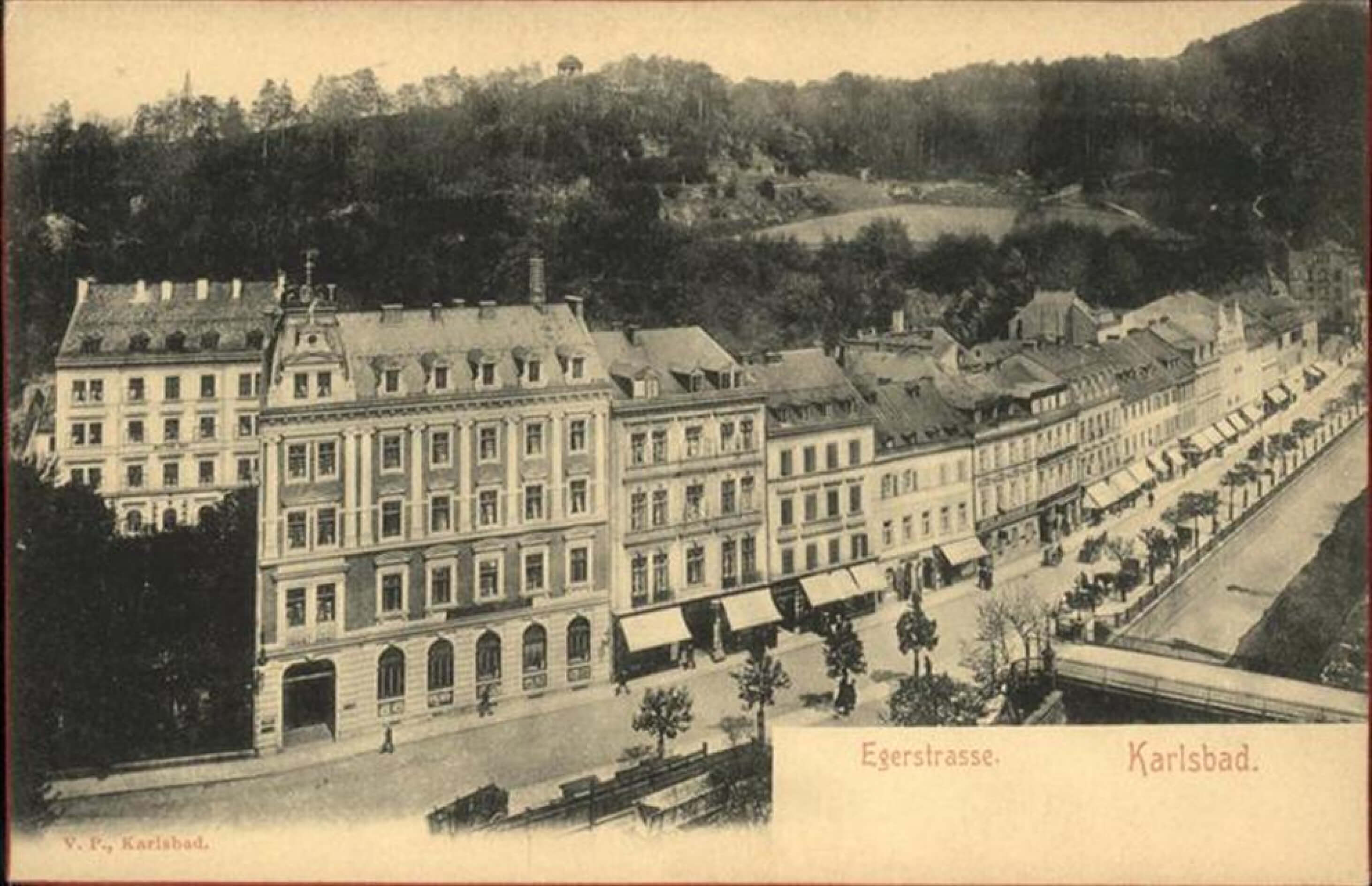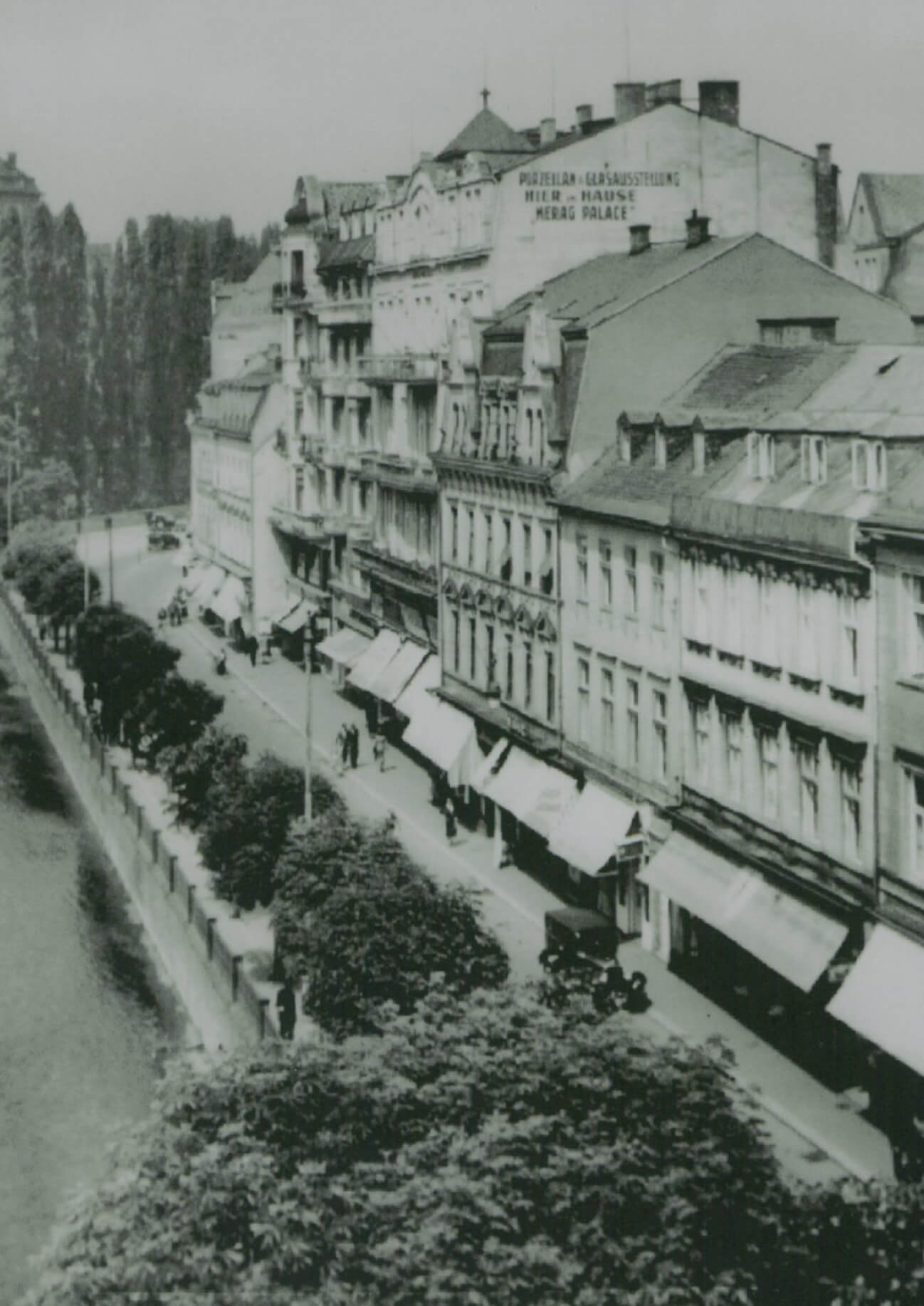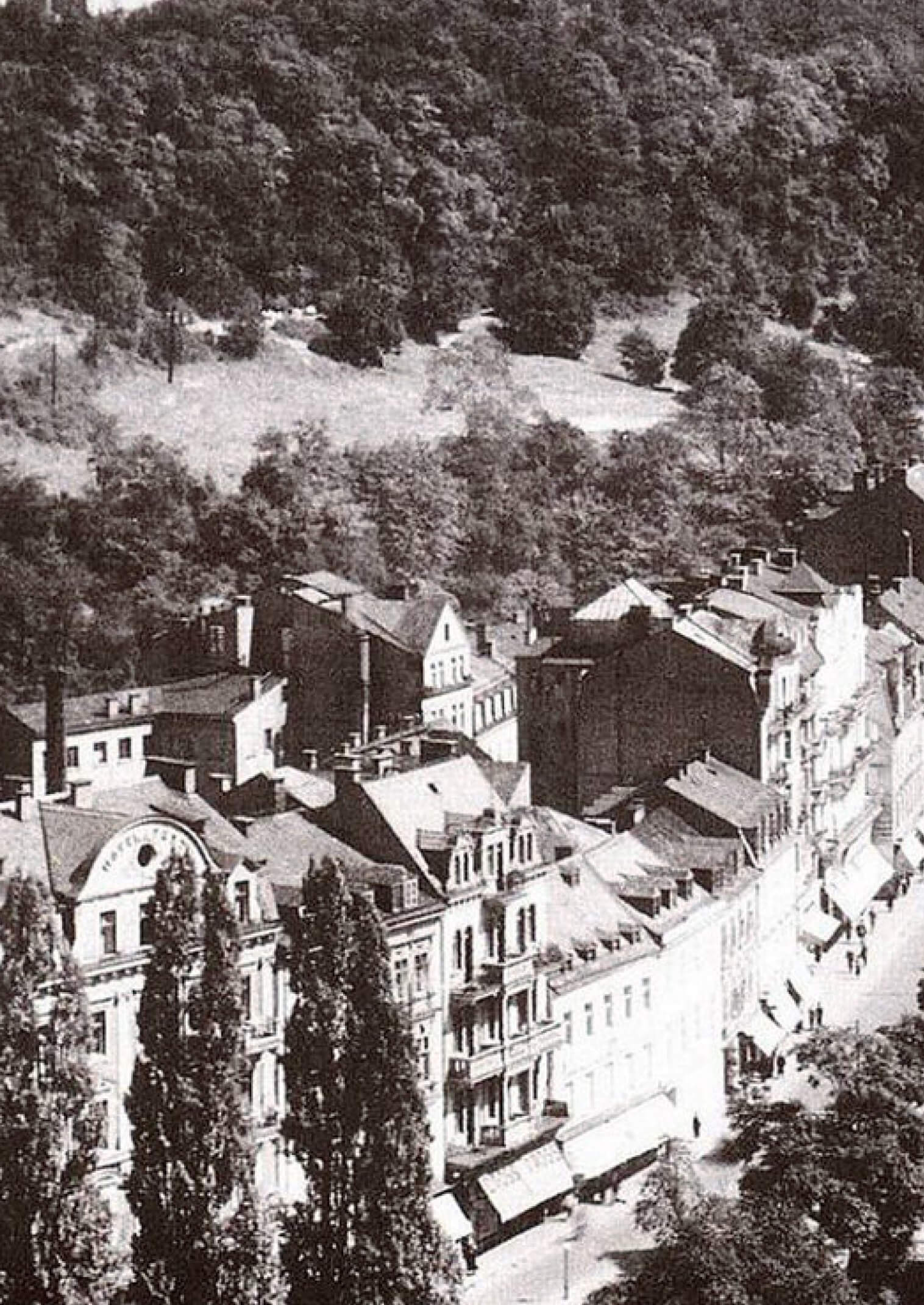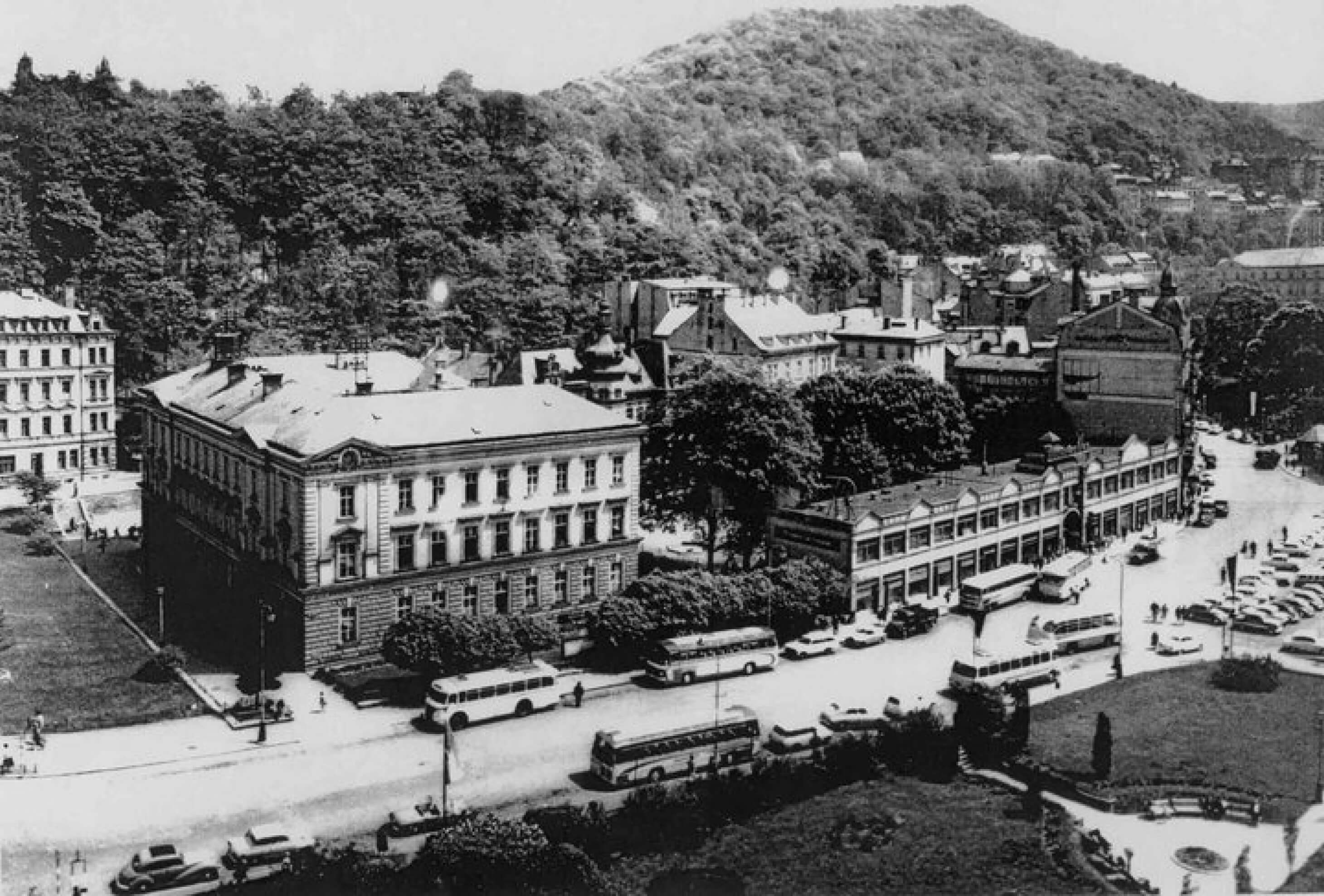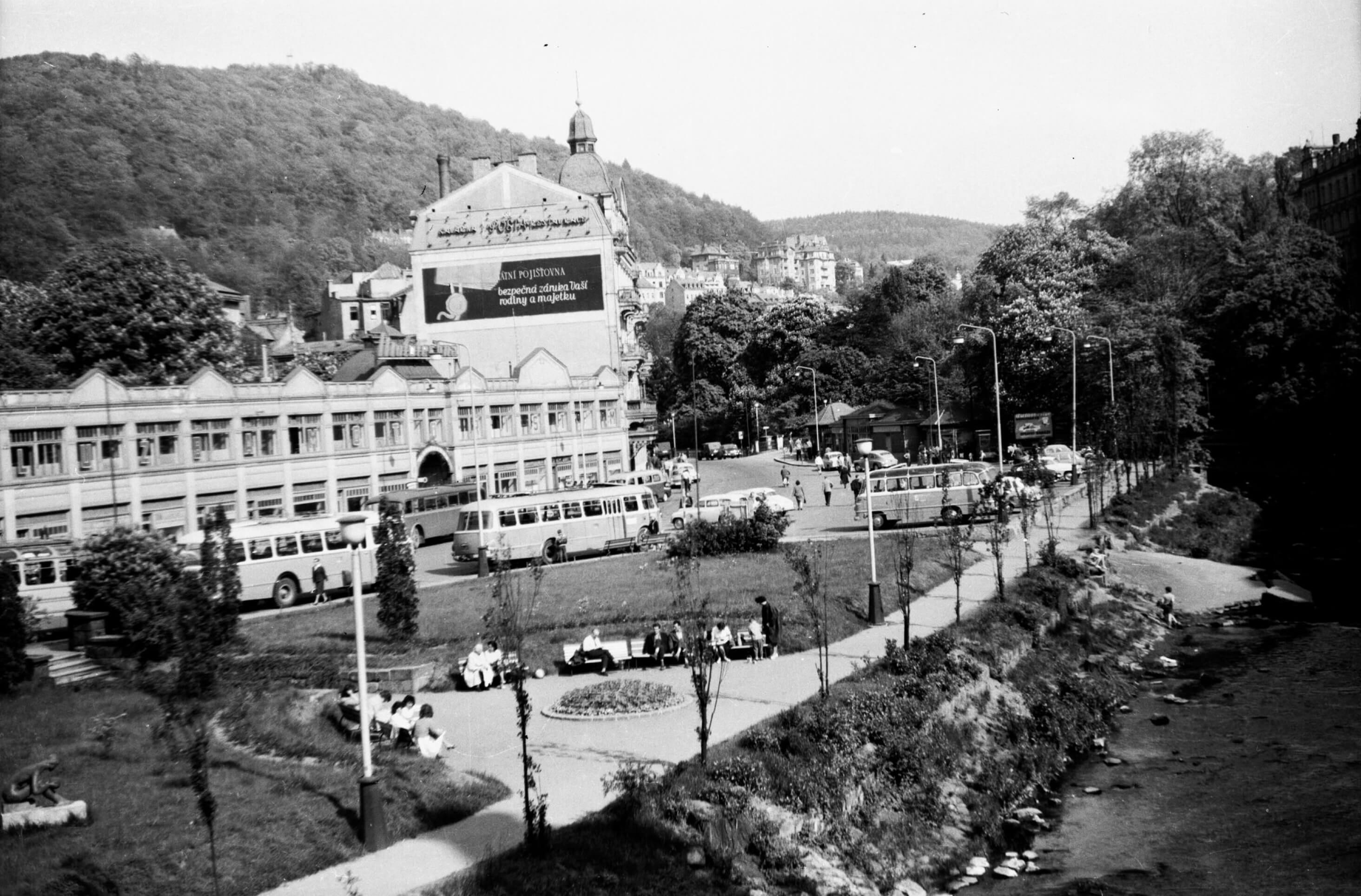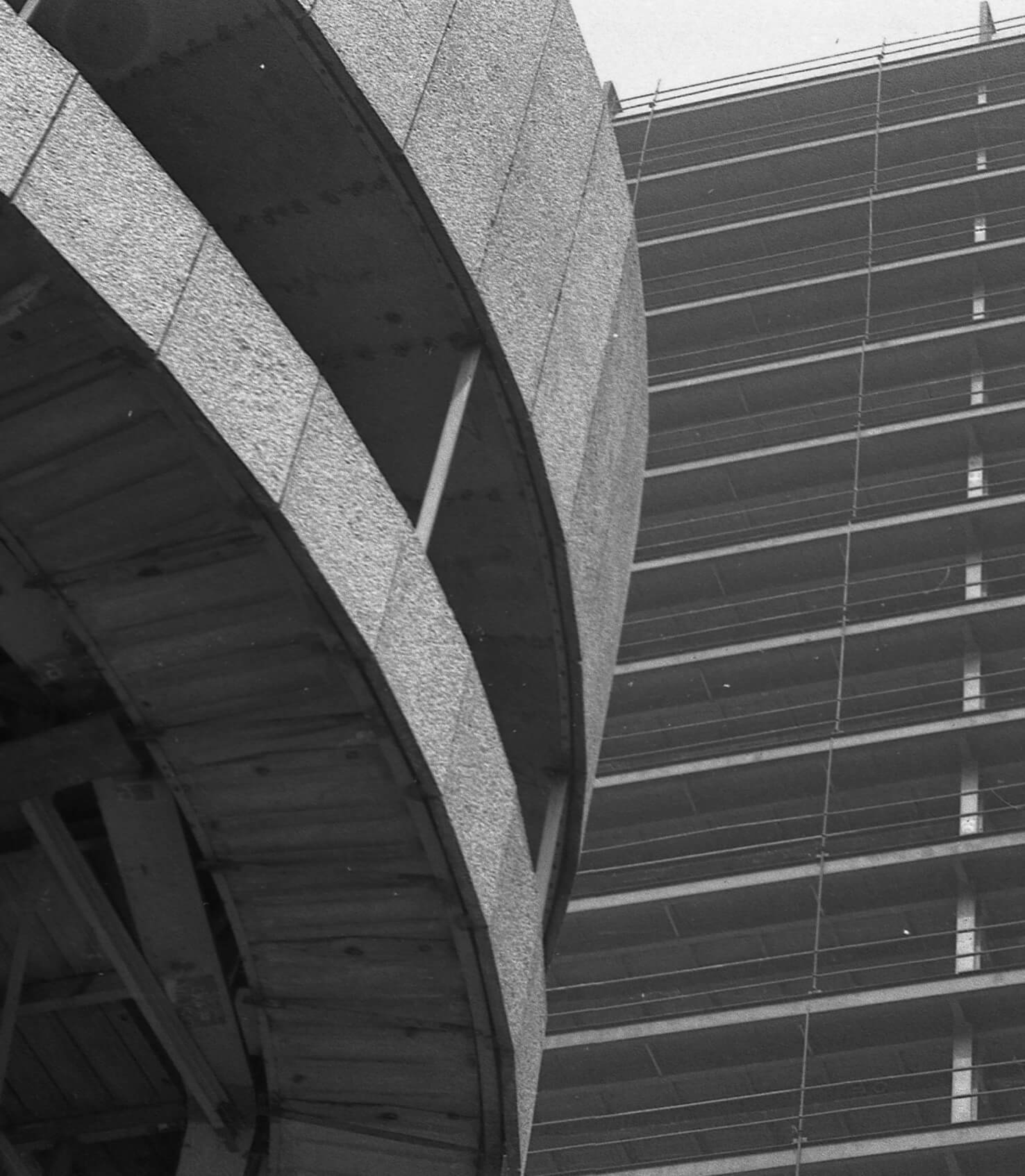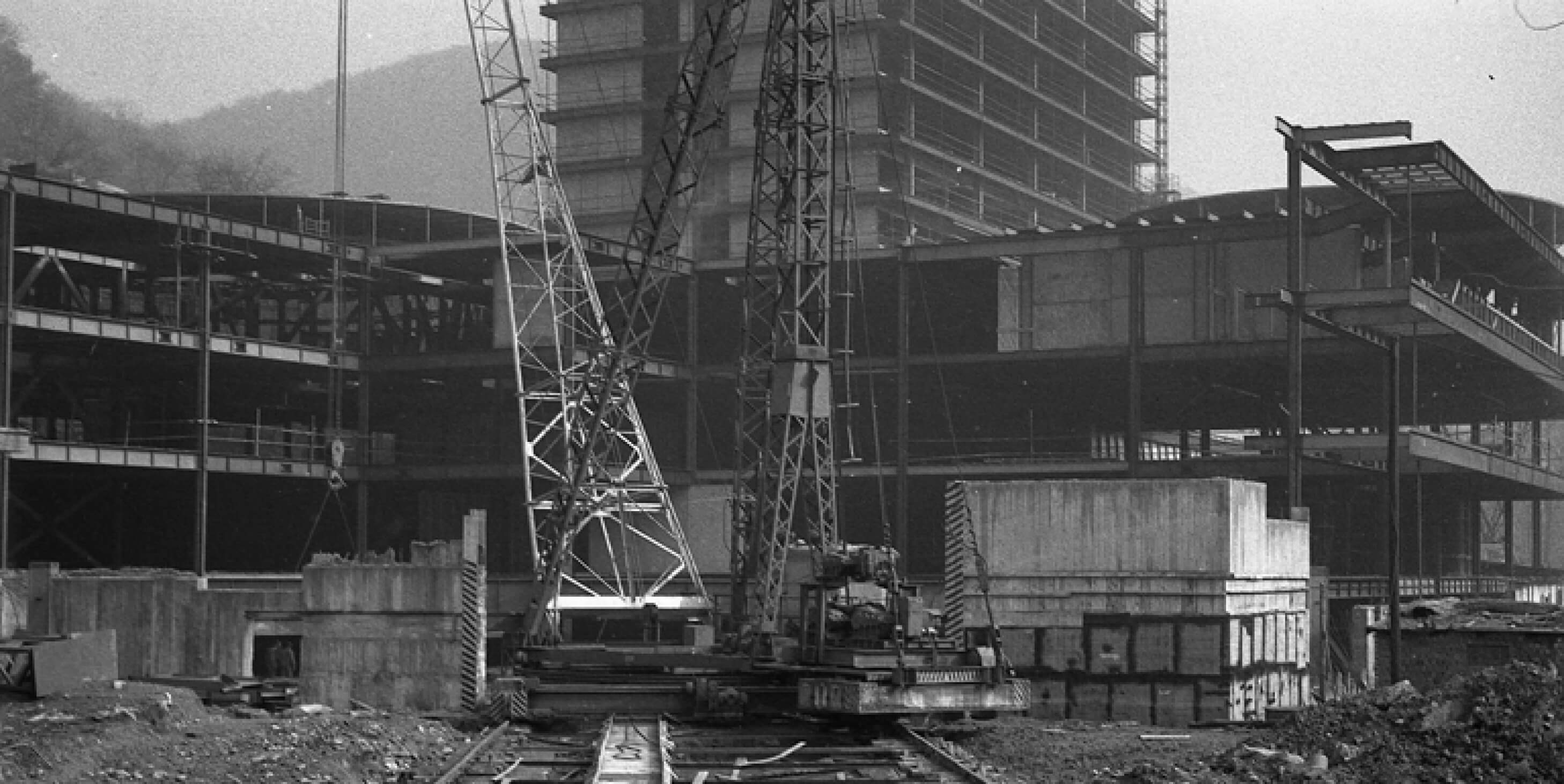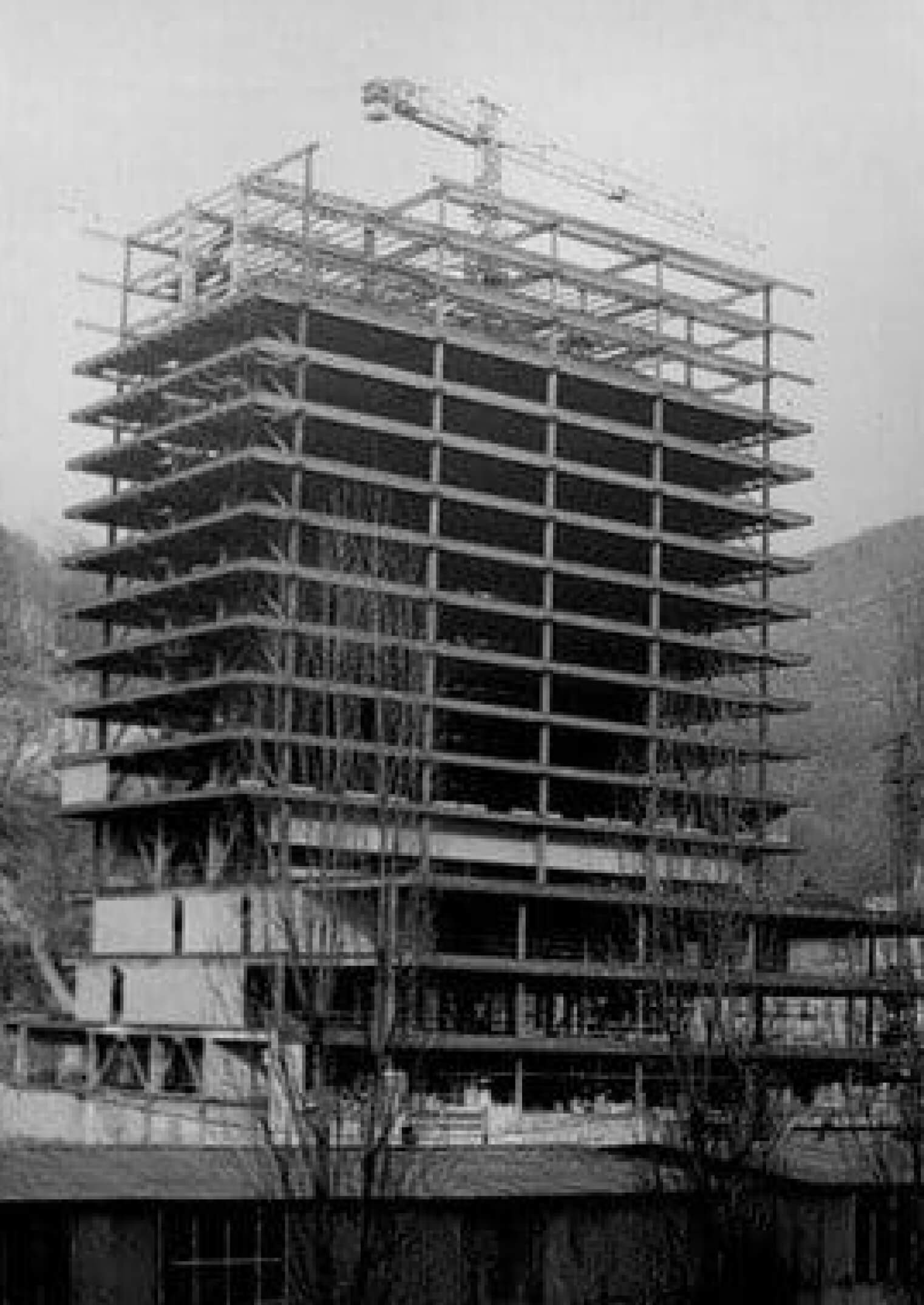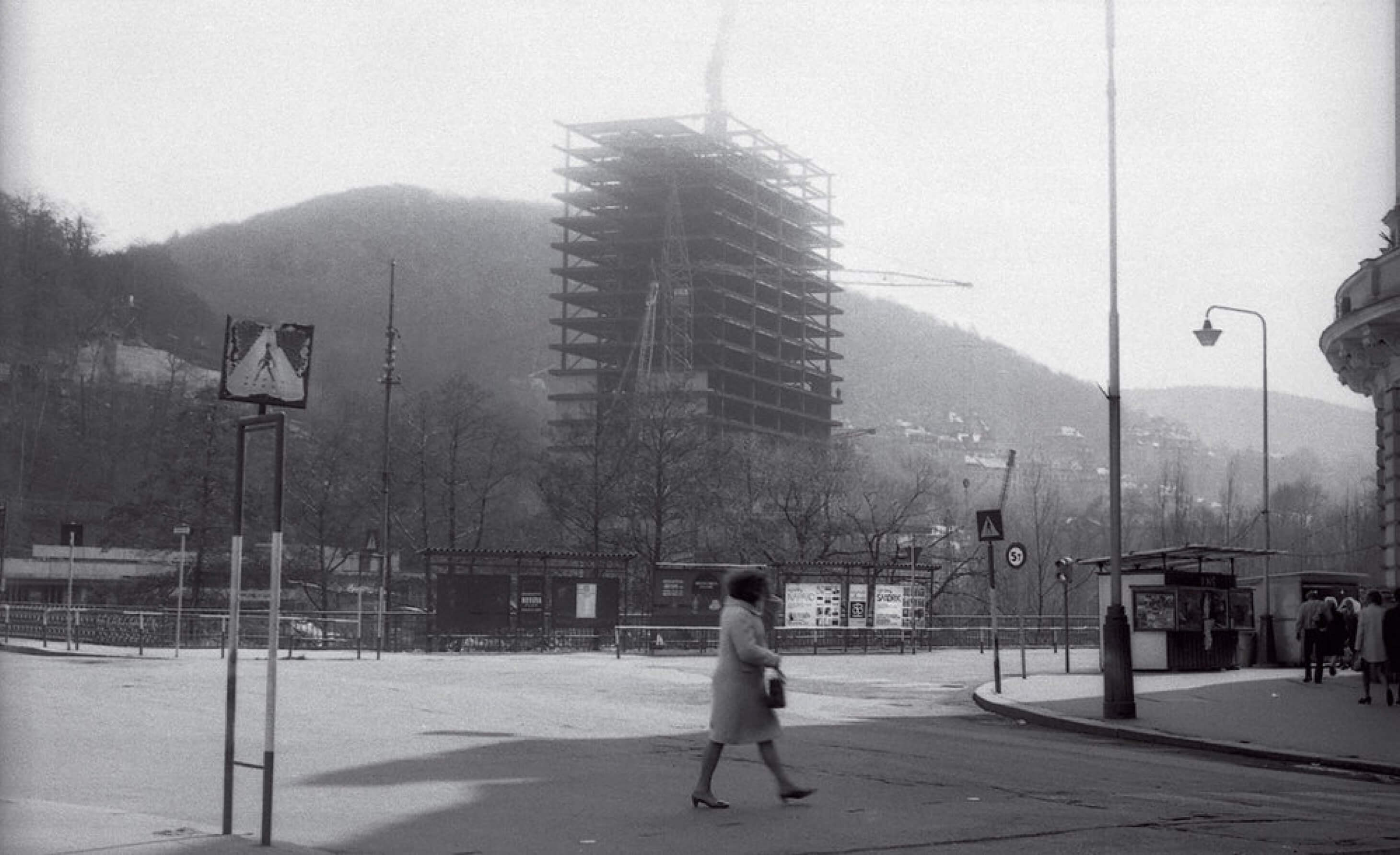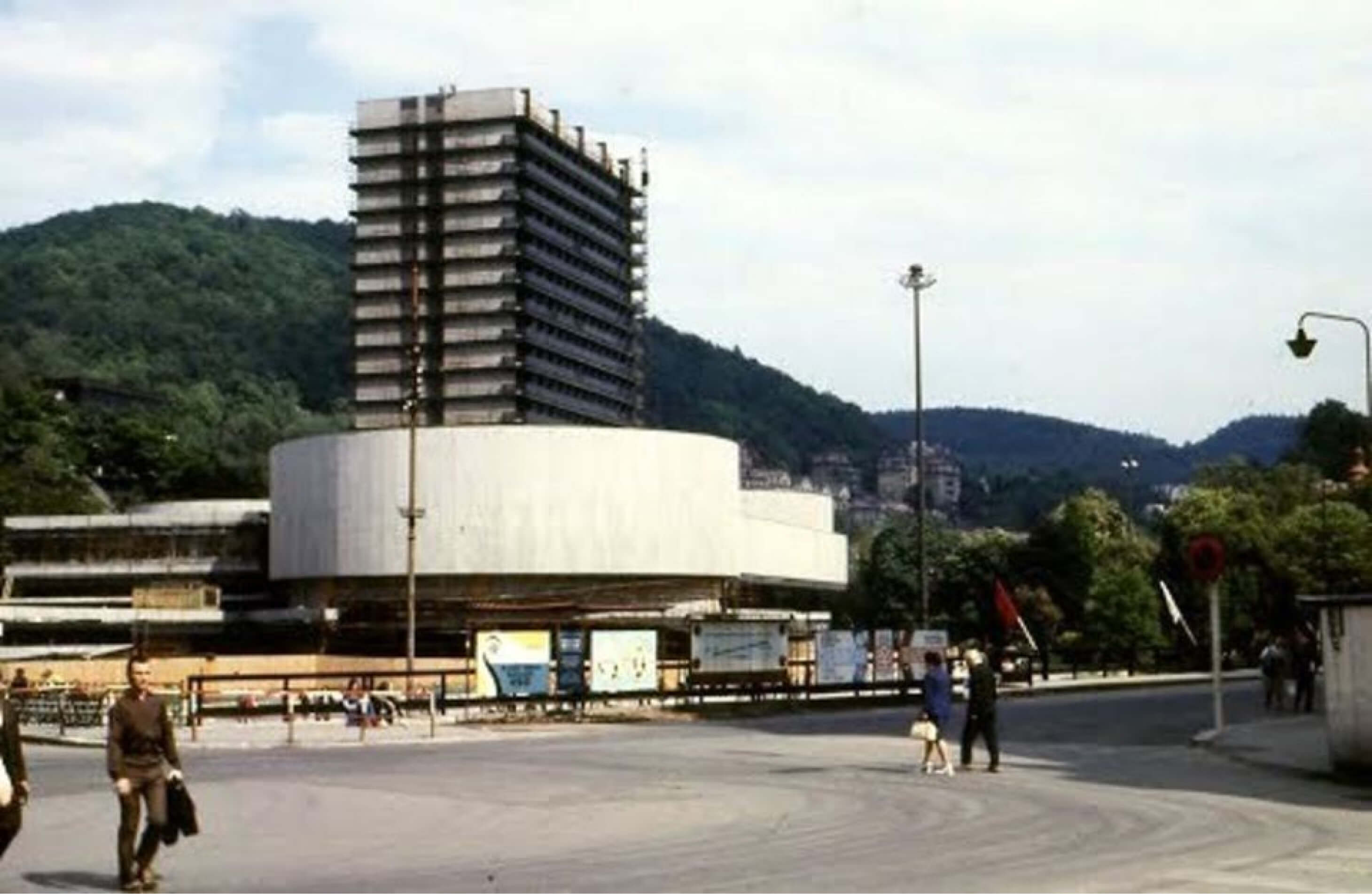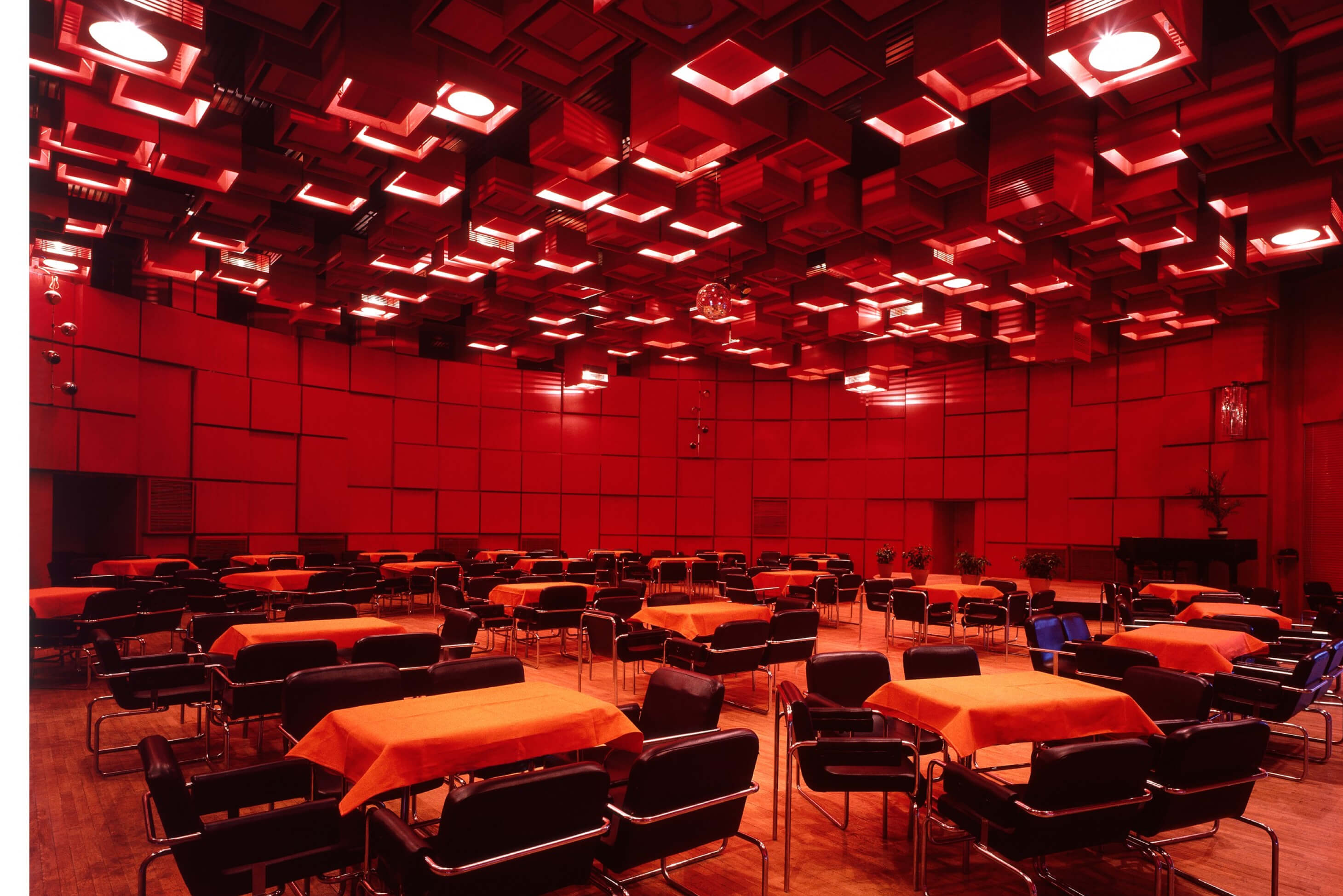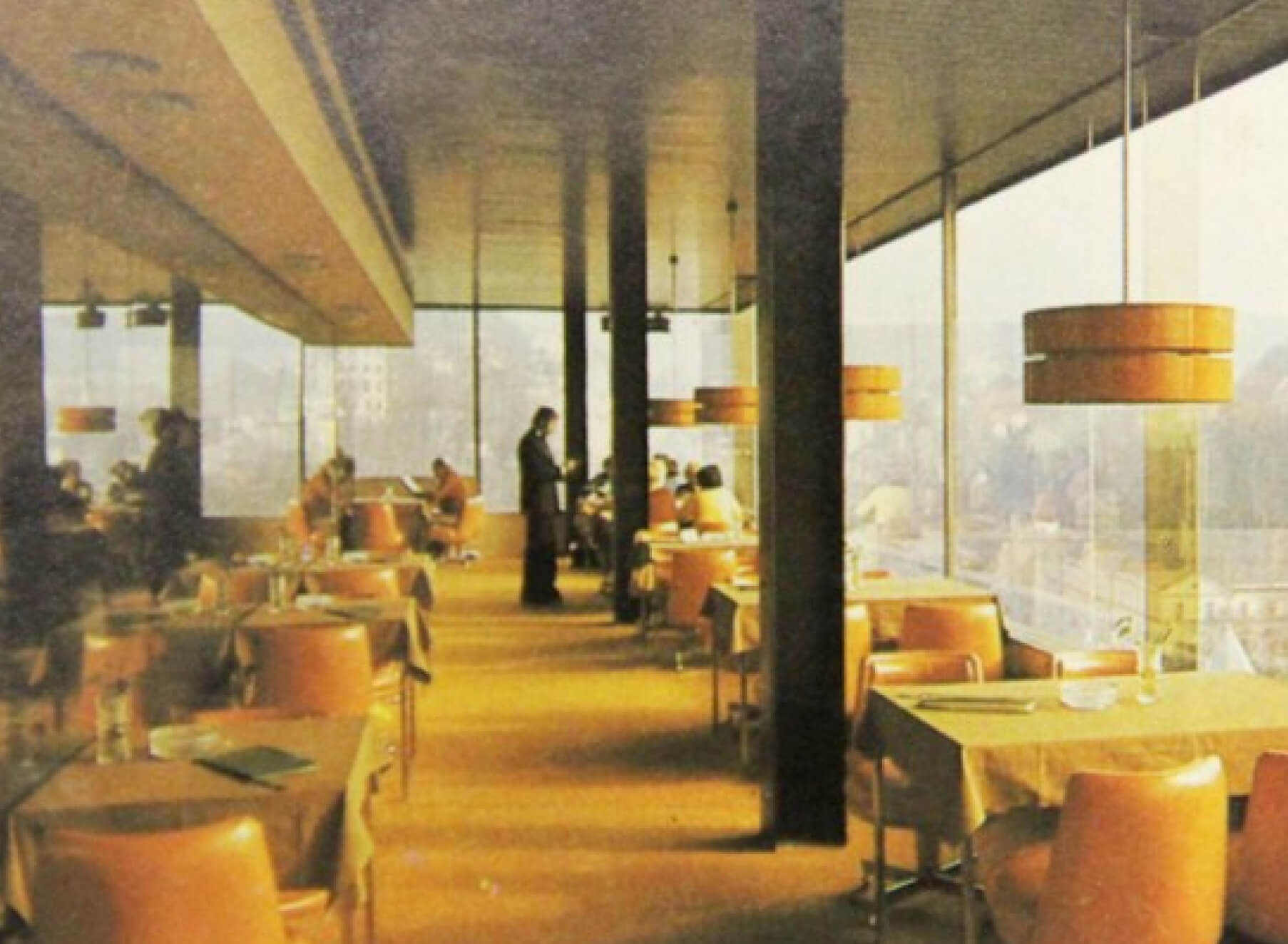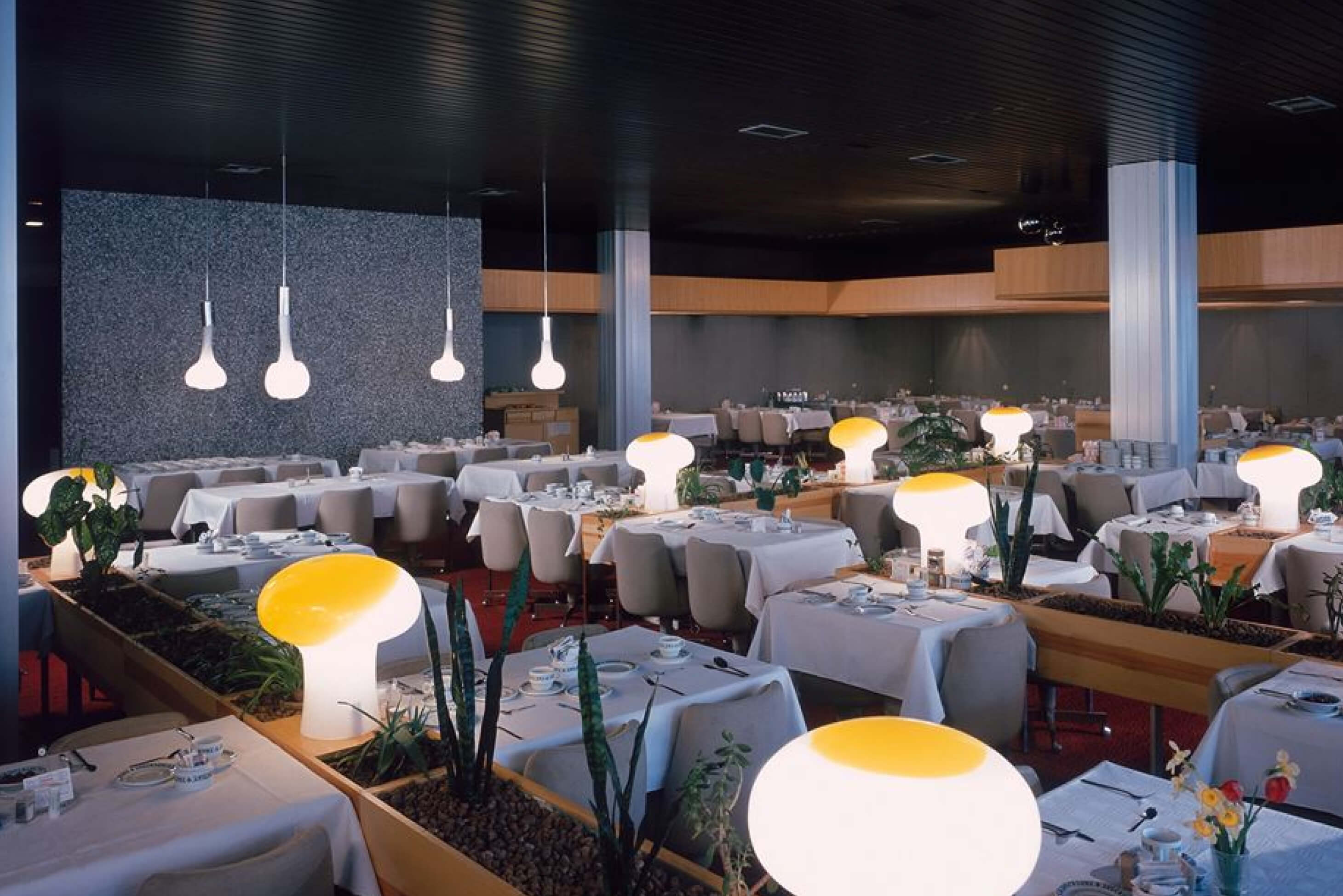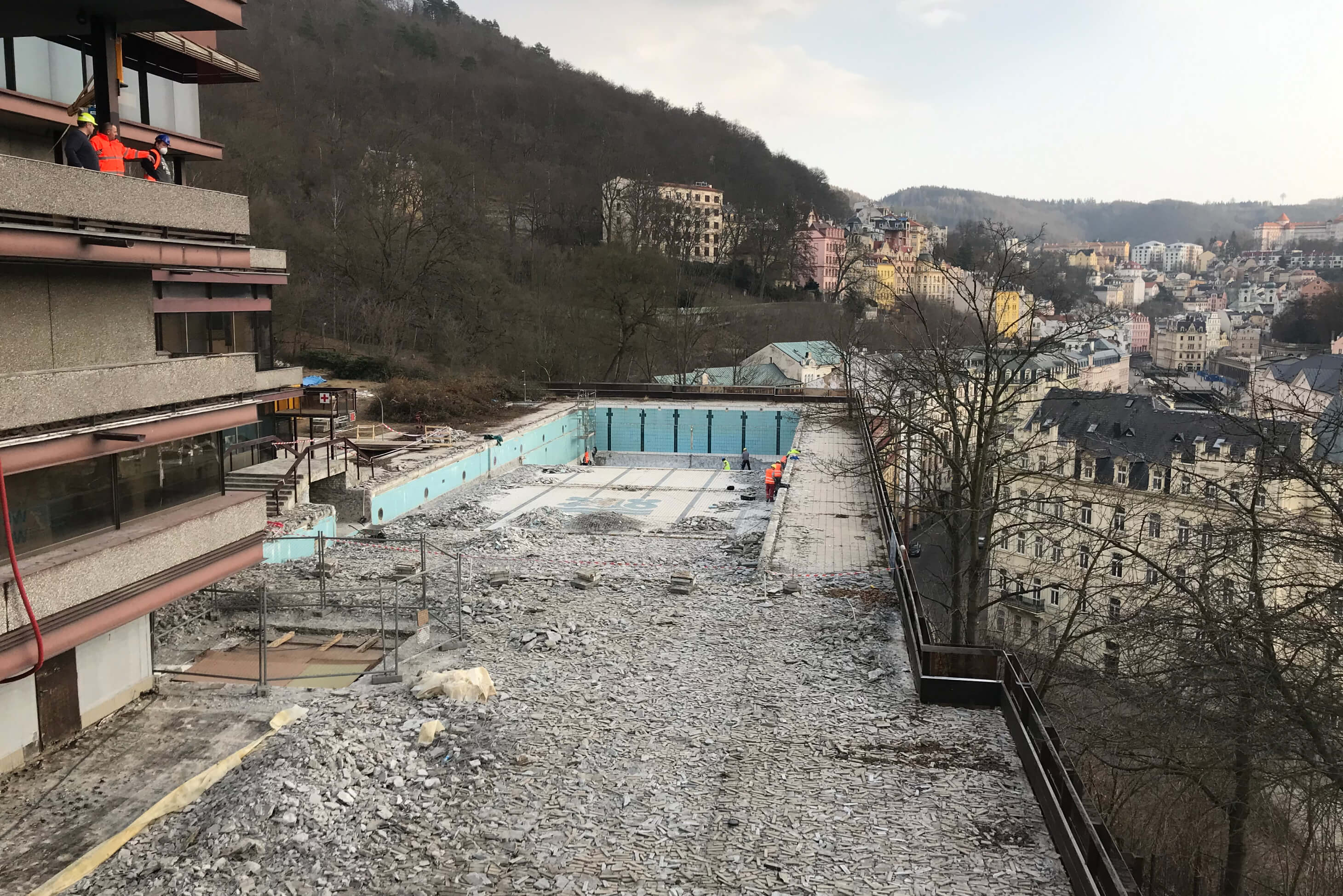Sources
Literature:
BENEŠ, Ondřej, Lukáš BERAN, Pavel HALÍK, Daniela KARASOVÁ, Petr KLÍMA, Radomíra SEDLÁKOVÁ, Pavel SMĚTÁK, Klára PUČEROVÁ, Petr VORLÍK a Jakub ŽELEZNÝ. 60’/70’: Věra a Vladimír Machoninovi. Prague: Galerie Jaroslava Fragnera, 2010, ISBN 978-80-904484-1-4.
Printed sources:
ZEMAN, Lubomír. Průvodce architekturou Karlových Varů: Karlovy Vary architecture guide. Prague: NPÚ, 2012, ISBN 978-80-87104-63-7.
Internet sources:
MRÁZEK, Ondřej. LH Thermal v Karlových Varech: bakalářská práce (The Thermal Spa Hotel in Karlovy Vary: bachelor’s dissertation.) Liberec: Technická univerzita v Liberci, Fakulta umění a architektury, obor Design prostředí, 2018. [Retrieved on 2020-10-08]. Available at: https://dspace.tul.cz/handle/15240/151058
KORDOVSKÁ, Marie. Hotel Thermal a problém památkové ochrany staveb 2. poloviny 20. století: bakalářská práce. (The Thermal Hotel and the issue of heritage protection of post 1950s buildings: bachelor’s dissertation.) Prague: Univerzita Karlova v Praze, Katolická teologická fakulta, obor Dějiny evropské kultury, 2015. [Retrieved on 2020-10-10]. Available at https://is.cuni.cz/webapps/zzp/detail/169195/
HARZER, Filip, Daniela BRODCOVÁ a Michaela DANIELOVÁ. Lesk i rez hotelu Thermal. Jak vypadá perla brutalismu před rekonstrukcí? (The lustre and rust of the Thermal Hotel. Check out the Brutalistic gem before renovation) [Retrieved on 2020-10-08]. Available at: https://www.irozhlas.cz/kultura/vytvarne-umeni/hotel-thermal-vera-machoninova-narozeniny-brutalismus_1809281616_dbr
Hotelový komplex Thermal (The Thermal Hotel complex), [Retrieved on 2020-10-08]. Available at: https://pamatkovykatalog.cz/hotelovy-komplex-thermal-2282670
Hotel Thermal, Wikipedia: the free encyclopedia [online]. St. Petersburg (Florida): Wikipedia Foundation, last modification 28th May 2020, [Retreived on 2020-10-08]. Available at: https://cs.wikipedia.org/wiki/Hotel_Thermal
Věra Machoninová, Wikipedia: the free encyclopedia [online]. St. Petersburg (Florida): Wikipedia Foundation, last modification 15th December 2020, [Retreived on 2021-01-14]. Available at: https://cs.wikipedia.org/wiki/V%C4%9Bra_Machoninov%C3%A1
